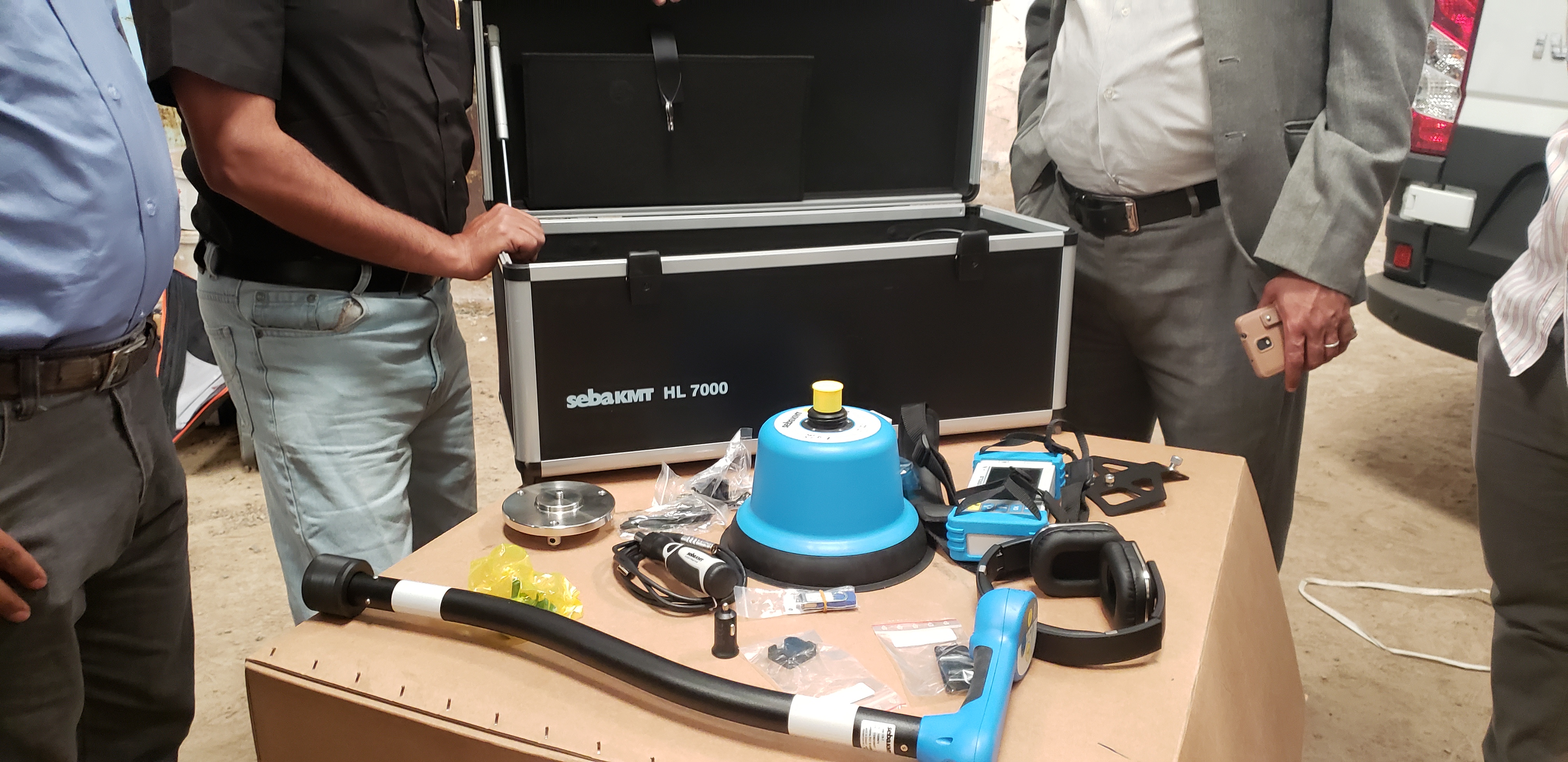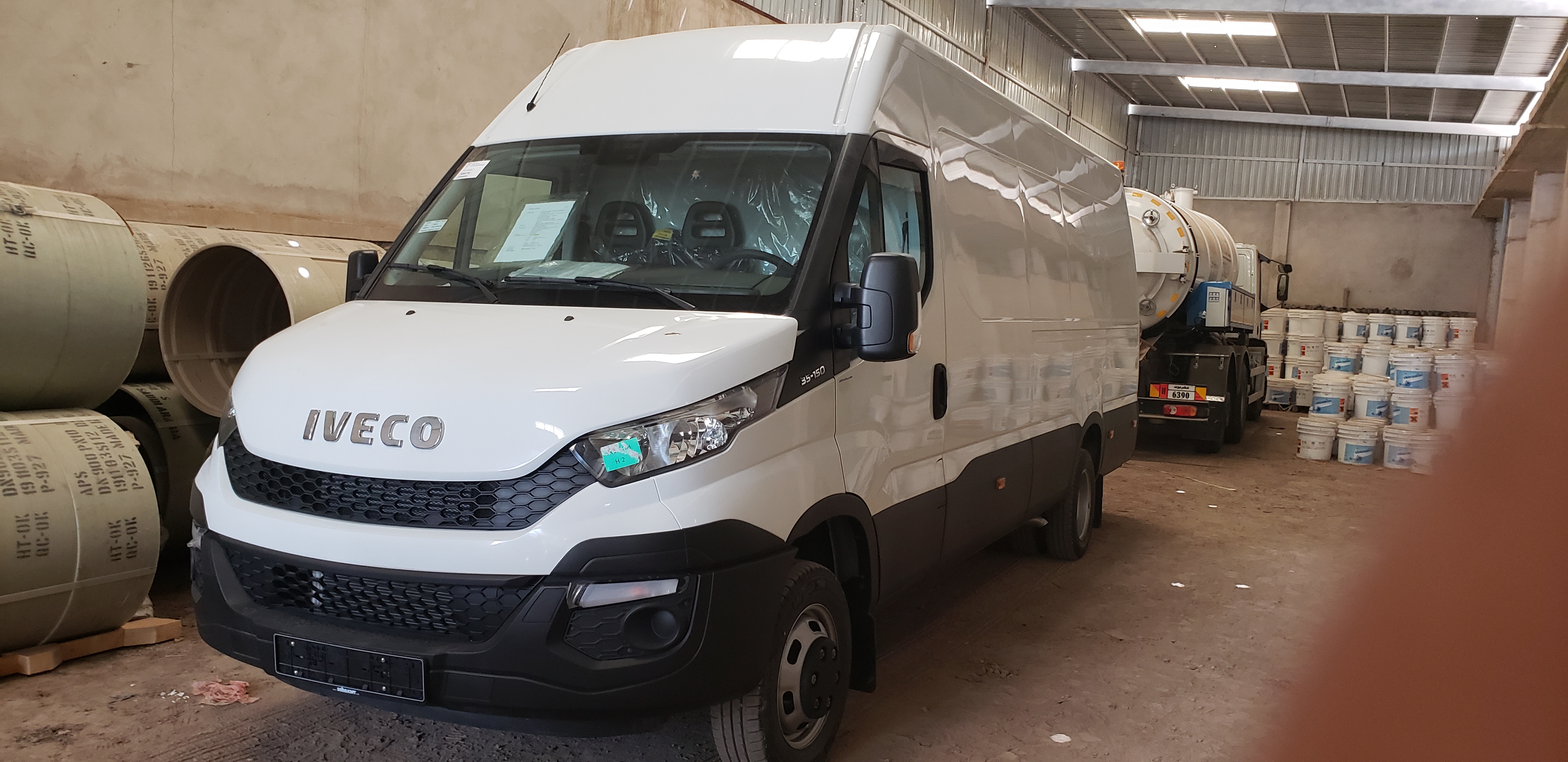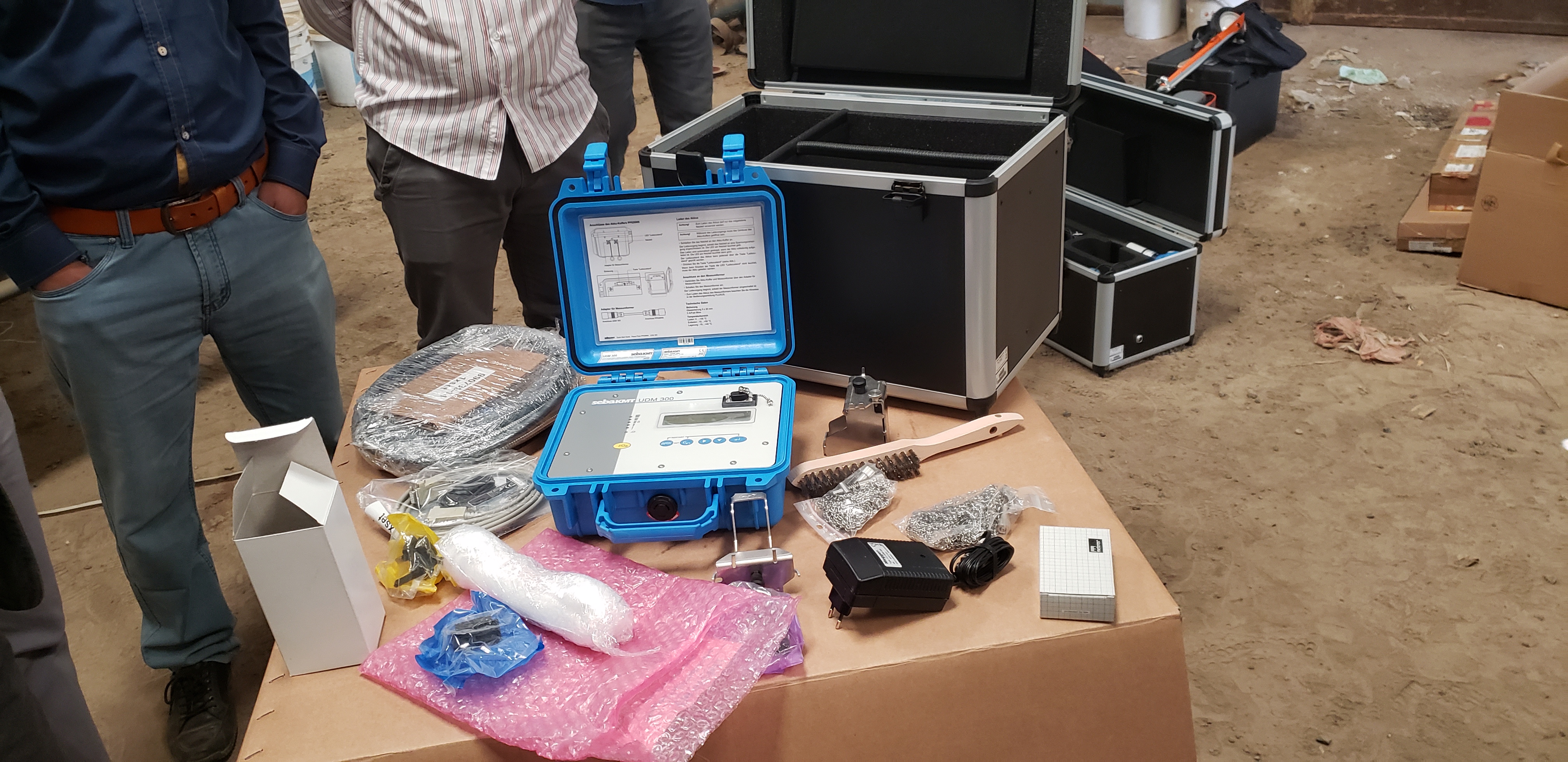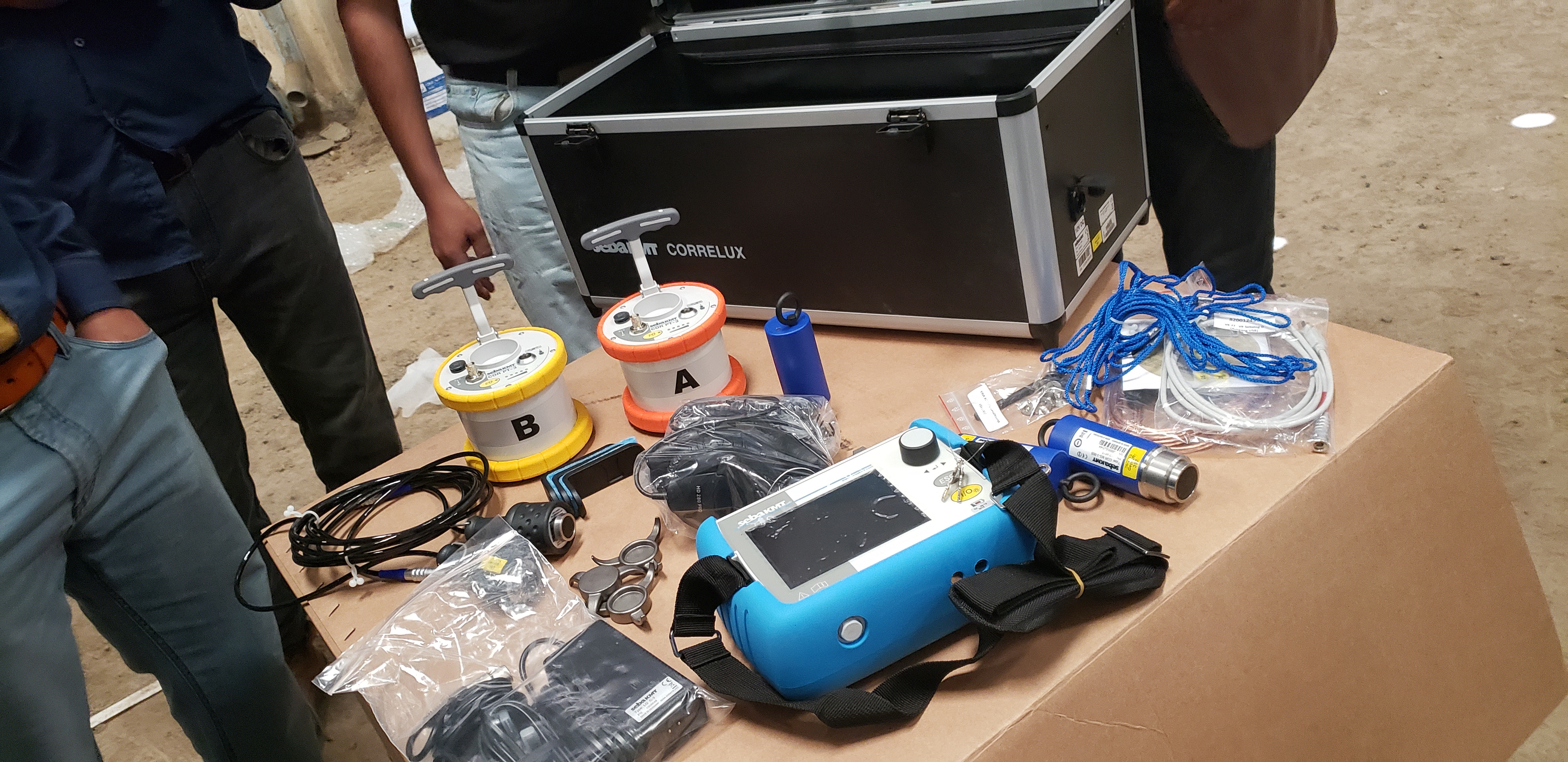
Managing non-revenue water
Water loss in Yemen causes wastage of valuable resources and annual financial losses of tens of billions Y.R. Whereas this is a complex issue, several water utilities have made progress in implementing measures to reduce water loss. Measures include network partitioning, pressure management, as well as interventions to minimise commercial losses and control thefts and meter malfunctioning. Hudaydah water utility, for example, divided its network into eight district metered areas and installed bulk water meters at the inlets of these areas, at main reservoirs and also in the well fields, to monitor the water flows. The utility adopted network partitioning, pressure management and proactive maintenance of network components and service connections. They also installed 30000 customer meters, to replace stolen or damaged meters and adopted an effective customer management policy.
Description of the problem
Water loss is a difficult problem with which all Yemeni water utilities struggle. The national level of water loss averages 34% of the supplied water but exceeds 55% for some utilities. Physical water loss through leaks and bursts in networks reduces the service level and makes that part of the precious water does not reach consumers, which is a very negative situation in water-scarce country such as Yemen. This water loss implies additional cost as more water needs to be produced and pumped to customers. On the other hand part of the water that utilities deliver to consumers is used but not paid for due to problems with water meters and illegal connections (water theft). Water loss undermines the economic viability of the water service and is aggravated by several factors including inadequate maintenance and repairs of the system, use of poor quality materials, high water pressure, malfunctioning water meters but also weak data systems and poor customer registration and management. Although many water utilities experience limitations in the availability of qualified staff still quite a number of them, including for example Hudaydah water utility is making good progress in reducing their level of non-revenue water.
Description of the good practice
Hudaydah water utility adopted the following activities to reduce NRW:
- Regular maintenance of pipelines, valves and other network components.
- Installation of master meters on 22 pumps in two well fields to register system input volume.
- Partitioning of network into 8 district metered areas (DMA) (Figure 16) including the installation of 12 bulk meters for the DMAs and main reservoirs
- Monitoring of inflow and water sales in each DMA.
- Adopting pressure management measures (Figure 17) including the installation of pressure reducing valves (PRVs), to avoid excess pressure and ensure better water distribution.
- Replacing 4000 deteriorated service connections.
- Activation of complaints and emergency response units
- Repairing reported leaks as quickly as possible
- Installing 30,000 new customer meters (replacing malfunctioning or stolen meters).
- Adopting commercial loss management measures by activating consumer management, reducing disconnections, and conducting frequent awareness campaigns.
- Activating legal affairs department to interfere in network violations and meter removals.
Impact and sustainability of the good practice
The practice has a positive impact as it:
- Reduces water wastage and ensures that more water is supplied to customers.
- Helps to recover revenues essential for continuous O&M activities.
- Enables effective control of network components, water supply scheduling and water loss reduction as a result of network partitioning.
- Ensures regular maintenance which is essential to keep the network in good condition to be able to provide a decent service of clean water to customers.
The sustainability of the practice can be high particularly in systems with high levels of non-revenue water. In those systems a good rate of return can be achieved on the investments to reduce water loss.
Figure 16 Establishment of DMA in Hudaydah network
Required resources
The required resources include:
- A good team to develop a non-revenue water reduction plan
- Necessary tools and equipment: gate and control valves, pressure reducing valves (PRVs), master meters, spare parts, and other equipment (Figure 18).
- Trained and qualified staff on non-revenue water management techniques and equipment.
Figure 17 Pumping and pressure management units in Hudaydah network



